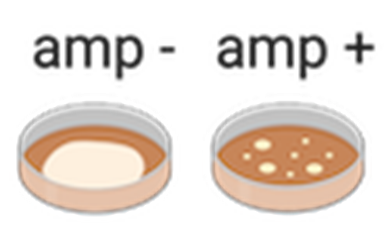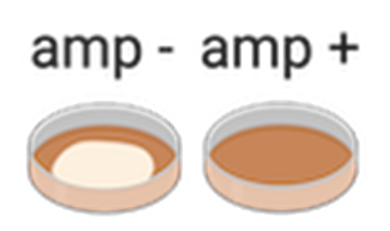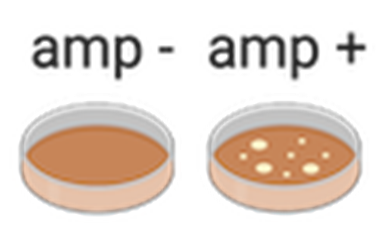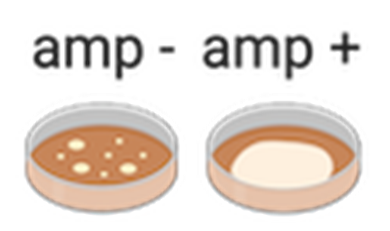#Question id: 1396
#Unit 4. Cell Communication and Cell Signaling
Trks are:
a. endonucleases. b. transmembrane receptors. c. proteases. d. protein kinases.
#Question id: 1397
#Unit 4. Cell Communication and Cell Signaling
The vertebrate equivalent of CED-9 is:
#Question id: 1398
#Unit 4. Cell Communication and Cell Signaling
Which of the following properties is (are) characteristic of a benign tumor?
a. well differentiated b. localized to tissue of origin c. metastatic
d. promotes angiogenesis e. surrounded by a fibrous capsule
#Question id: 1399
#Unit 4. Cell Communication and Cell Signaling
Loss-of-function mutations in which of the following genes typifies colorectal carcinomas?
a. myc b. K-ras c. p53 d. APC
#Question id: 1400
#Unit 4. Cell Communication and Cell Signaling
Which property is shared by malignant tumor cells and transformed cells in culture?
a. reduced growth factor requirement b. attachment-dependent growth
c. loss of actin microfilaments d. altered morphology
#Question id: 1401
#Unit 4. Cell Communication and Cell Signaling
Which of the following are proto-oncogenes?
a. fos b. myc c. p53 d. ras e. Rb




